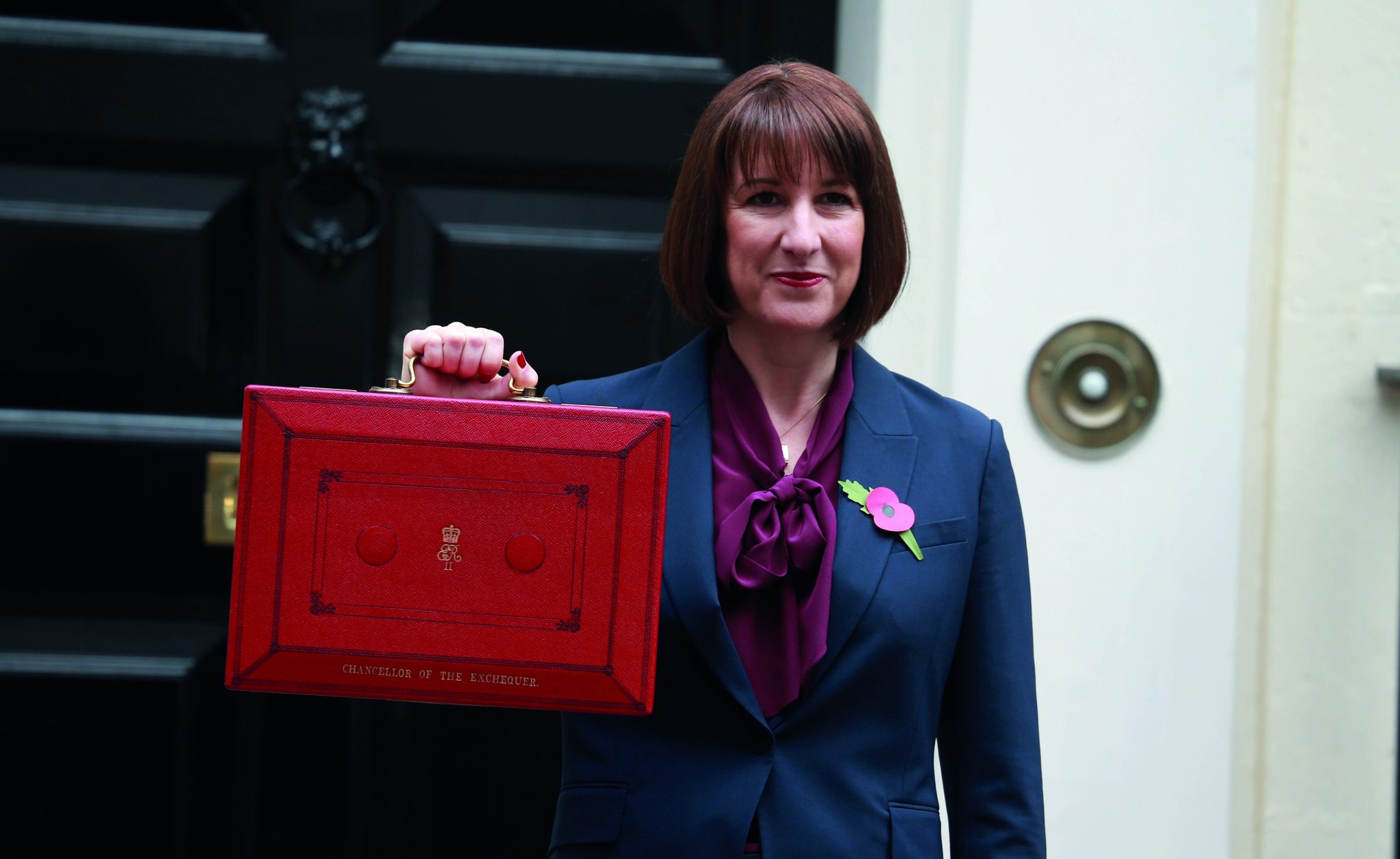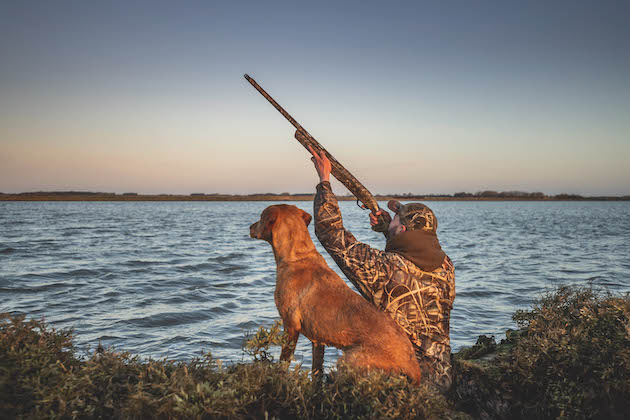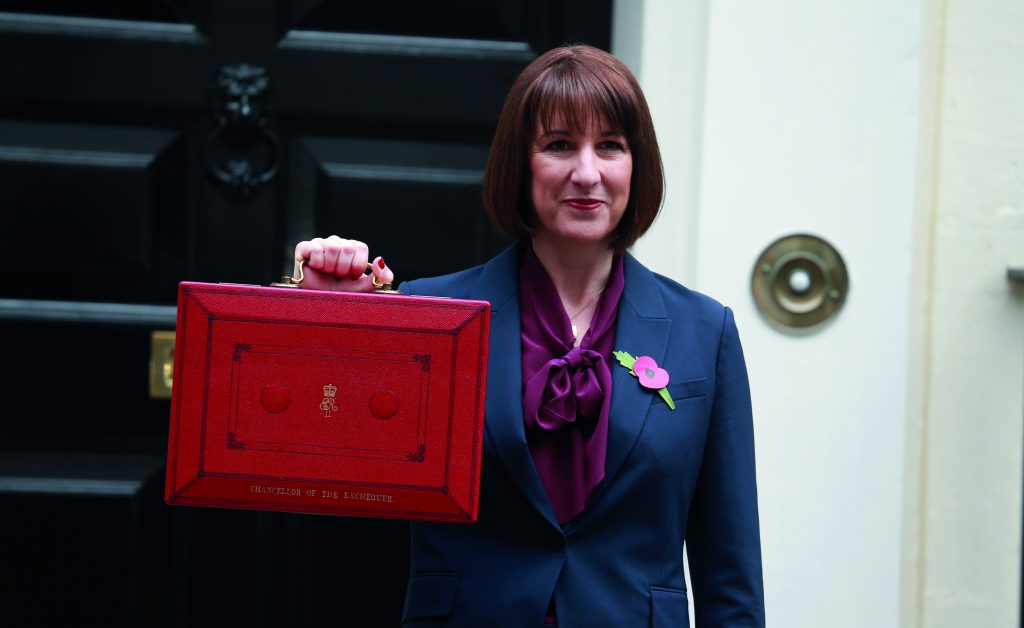Gear
News
The differences between spring-powered air rifles and pre-charged
Would you like to speak to our readers? We offer sponsored articles and advertising to put you in front of our audience. Find out more.How spring-powered air rifles work
Spring-powered air rifles, also referred to as springers, are powered by a mainspring with a sealed piston in front of it. When the gun is cocked – either by a stroke of the barrel or a cocking lever – the spring is compressed within the cylinder, which is usually positioned behind the barrel. Pulling the trigger releases the spring, which drives forwards, pushing the piston as it goes. This forces a blast of air through a transfer port and behind the pellet to propel it down the barrel. Gas-ram airguns work on a similar principle, only they feature a sealed strut rather than a spring. Their firing cycle is generally a little faster but recoil can be more harsh as a consequence.
The pros
A great advantage of spring-powered airguns is that they are always ready for action – simply cock the spring and the gun is ready to propel the next shot. Springers cost significantly less than pre-charged airguns so are a good choice for newcomers or occasional shooters – you can pick up a decent one for under £200 – and you don’t need to fork out for additional charging gear. They also require very little maintenance and the spring should be good for thousands of shots before it needs replacing.
The cons
The main disadvantage of spring-powered airguns is their recoil. The motion of the spring and piston can cause quite a kick and, because this movement takes place while the pellet is still in the barrel, it can affect accuracy. A lot of people try to squeeze the recoil out of a spring gun by using a very tight hold but a gentle hold works better as it allows the gun to recoil in the same way every time. Spring guns can recoil very unpredictably when shot from a solid rest. For this reason, they don’t usually produce consistent accuracy when fired from the support of a bipod or shooting sticks. Problems associated with recoil will be exaggerated if you opt for a high-powered (FAC-rated) spring gun.
How pre-charged air rifles work
Pre-charged air rifles, also referred to as pre-charged pneumatics and PCPs, hold a charge of air (usually between 180 and 250bar) in an onboard cylinder or bottle. Pulling the trigger opens a valve to release a pulse of air to drive the pellet down the barrel. Their firing cycle is virtually recoilless at sub-12ft/lb, and even at FAC power levels, felt recoil is modest and muzzle flip is minimal. This lack of movement makes it relatively easy to achieve consistent accuracy when shooting a pre-charged airgun. It also means they can be shot from the support of a bipod or sticks, or even rested on a hard surface such as a gate or bench, without shifting the pellet’s point of impact.
The pros
Their potential for long-range accuracy makes pre-charged airguns a popular choice with high-level target shooters and serious hunters. The absence of a lengthy spring and a heavy piston also means that there are some very light and compact PCPs available – very useful for smaller shooters.
Because the air that drives the pellet has already been compressed, the cocking procedure (usually by working a sidelever or rear bolt) requires minimal effort. Many modern PCPs also incorporate multi-shot magazines which are cycled by the cocking stroke. This handy feature facilitates rapid follow-up shots in the field and fast-fire fun on the plinking range.
Cylinder PCPs usually hold enough air for between 50 and 200 full-power shots at the sub-12ft/lb UK legal limit for unlicensed airguns, while models with large buddy bottles can return more than 500. Shot capacity reduces as power levels are increased but many high-power, FAC-rated PCPs can return more than 100 extremely consistent shots from a single fill.
The cons
Pre-charged airguns usually cost more than springers – upwards of £400 for a quality model and often much more. Don’t forget to add the price of charging gear to your initial purchase because your PCP will eventually run out of air. A scuba tank offers the easiest option, providing clean, dry air at the turn of a tap. Prices are upwards of £200 and you’ll need a shop with a compressor close to home to top it – bottle filling usually costs between £5 and £10. A stirrup pump is a cheaper alternative with prices starting at around £100. This option avoids the additional expense and hassle of bottle-filling but pumping up a large-capacity air reservoir is a slow and laborious exercise.
<<GUIDE CAPTIONS>>
- Drawing down the barrel of a break-barrel airgun compresses the spring ready to propel the pellet.
- Spring-powered airguns combine simplicity and affordability with an ever-ready powerplant.
- A scube tank provides a fast and simple solution to refilling a pre-charged airgun.
- A stirrup pump is a cheap option for PCP filling but it can be quite a workout.
- Their recoilless precision and high-power potential makes pre-charged airguns popular with serious hunters.
<</GUIDE CAPTIONS>>
Related articles
News
Why Labour’s attack on rural Britain may mean £2.6bn loss
Labour’s devastating assault on Britain’s sporting estates could spectacularly backfire
By Time Well Spent
News
Legacy bequest benefits sustainable wildfowling
A wildfowling association has received a boost from a legacy bequest
By Time Well Spent
Manage Consent
To provide the best experiences, we use technologies like cookies to store and/or access device information. Consenting to these technologies will allow us to process data such as browsing behavior or unique IDs on this site. Not consenting or withdrawing consent, may adversely affect certain features and functions.
Functional Always active
The technical storage or access is strictly necessary for the legitimate purpose of enabling the use of a specific service explicitly requested by the subscriber or user, or for the sole purpose of carrying out the transmission of a communication over an electronic communications network.
Preferences
The technical storage or access is necessary for the legitimate purpose of storing preferences that are not requested by the subscriber or user.
Statistics
The technical storage or access that is used exclusively for statistical purposes.
The technical storage or access that is used exclusively for anonymous statistical purposes. Without a subpoena, voluntary compliance on the part of your Internet Service Provider, or additional records from a third party, information stored or retrieved for this purpose alone cannot usually be used to identify you.
Marketing
The technical storage or access is required to create user profiles to send advertising, or to track the user on a website or across several websites for similar marketing purposes.




